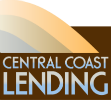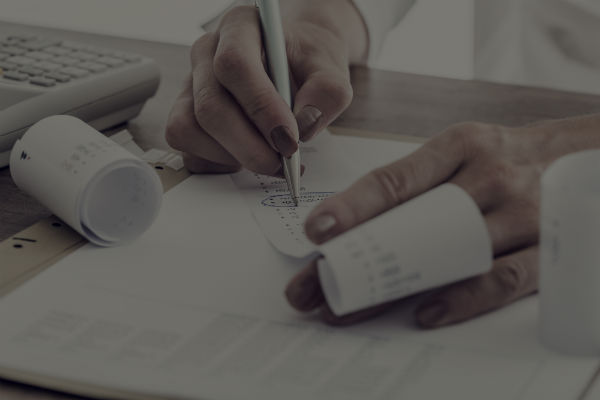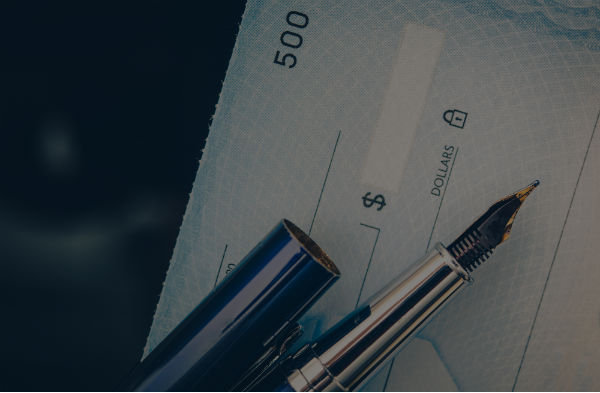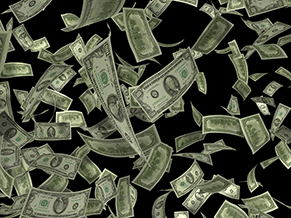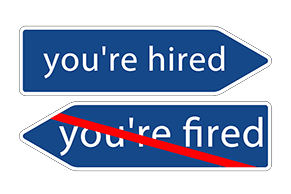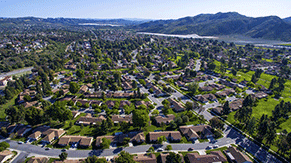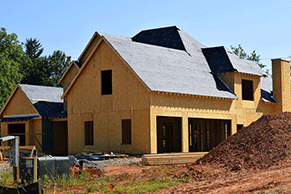Under new government regulation, loan officers charge a fixed percentage for any loan, which is commonly referred to as “points.” This charge is fixed prior to each loan and the process is very transparent.
1 point refers to the percentage paid by the borrower for the mortgage rate. For example, “1 point” corresponds to a cost of 1% of the total loan amount. For a loan valuing $417,000, this would translate to a $4,170 payment (for 1 point).
The other component of closing costs refers to charges for items like the appraisal, the escrow process, and a handful of other costs. Combined with the payment to the loan officer, this handful of charges amount to your “closing costs.” Click here to read our full breakdown of closing costs.
